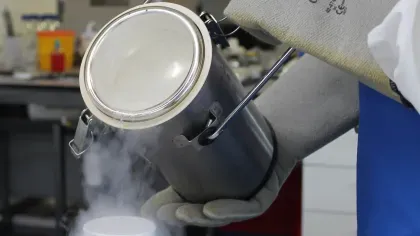31 July 2025
5 min read
How to preserve seeds for the future
Find out how our scientists at the Millennium Seed Bank and partners across the globe are helping to future-proof the biodiversity of our planet.

Buried underground in the heart of Sussex, the Millennium Seed Bank (MSB) at Wakehurst stores nearly 2.5 billion seeds gathered from wild plants around the world.
With 45% of known flowering plant species threatened with extinction, seed banks are now more crucial than ever. Storing seeds away from their native habitat, known as ex-situ conservation, provides a way to restore environments decimated by human activity or climate change.
But how does a seed reach the vaults? What’s the best way to preserve a seed? And what are the new techniques we’re using to preserve tricky seeds? Read on to discover the journey a seed takes as it joins the MSB’s collections.
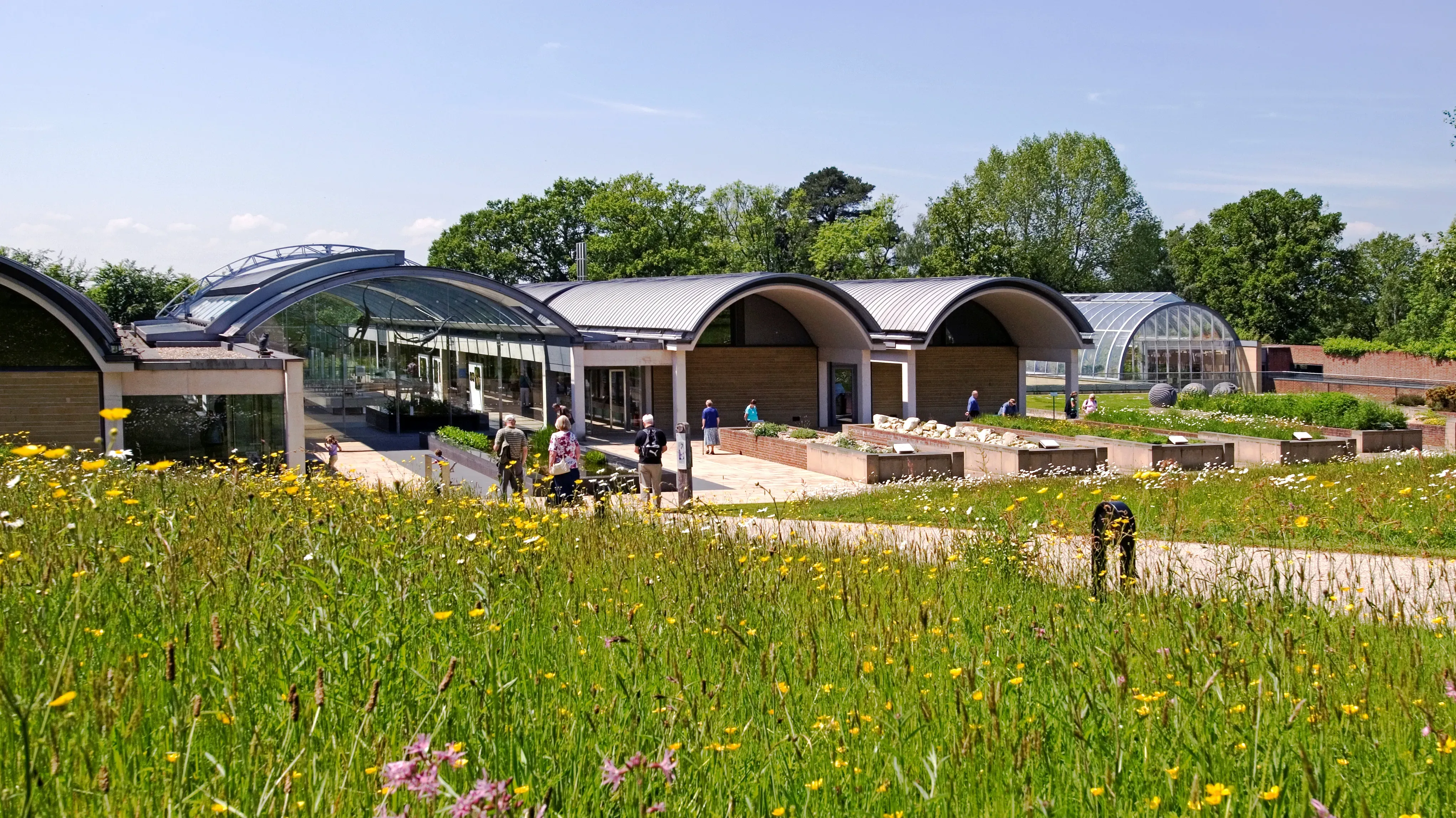
Getting collection right
Working hand in hand with a network of partners across 97 countries and overseas territories, Kew scientists have successfully banked over 40,000 species of plants.
The first step to properly banking a seed begins when it is collected in the field. When seeds are collected from a population of plants, scientists need to gather essential data, such as location, habitat and the time of year.
The species' identity must also be confirmed by gathering a voucher specimen. This is a pressed specimen of the plant that can be sent to a herbarium, and have its identity confirmed by a botanist.
There are strict guidelines in place to make sure that from any given plant, fewer than 20% of available ripe seeds are collected. This is to make sure that the local plant population is still able to thrive after collection!
Once the seeds are collected and brought to the MSB, they are given unique reference numbers which can be matched with their field data and herbarium specimens.
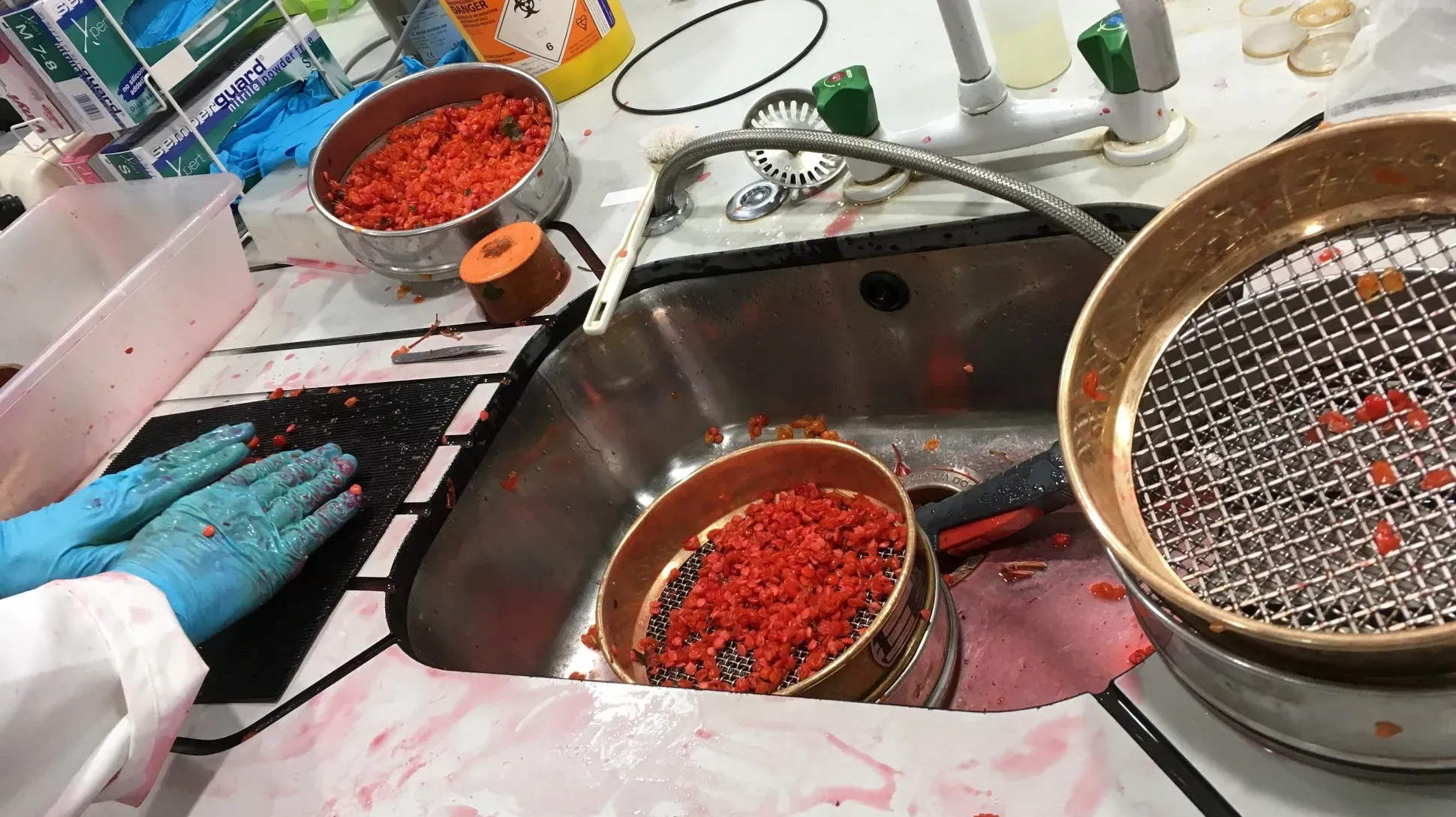
How to dry seeds
After unpacking, seeds are taken to our initial drying room. The room is kept at 18°C with a 15% relative humidity – similar to an aircraft cabin. This initial drying increases a seed’s life by around 40 times. Seeds can stay in this room from anywhere between two weeks and six months.
Once dried, seed collections are cleaned. This is done by using sieves of various sizes, along with a machine called an aspirator which removes any debris from seeds.
The quality of a seed collection is measured by cut testing (cutting them in half) or x-raying a small sample of them. This highlights insect damage or any empty seeds, allowing us to determine how many good seeds are in a collection.
A small selection of seeds is individually weighed. We then use this data to estimate the number of seeds in the whole collection.
The main drying room is the next port of call - this room operates at the same conditions to the initial drying room. Seeds can stay in here for up to a month to make sure they’re moisture free before they go on their final journey to the vaults located deep underground.
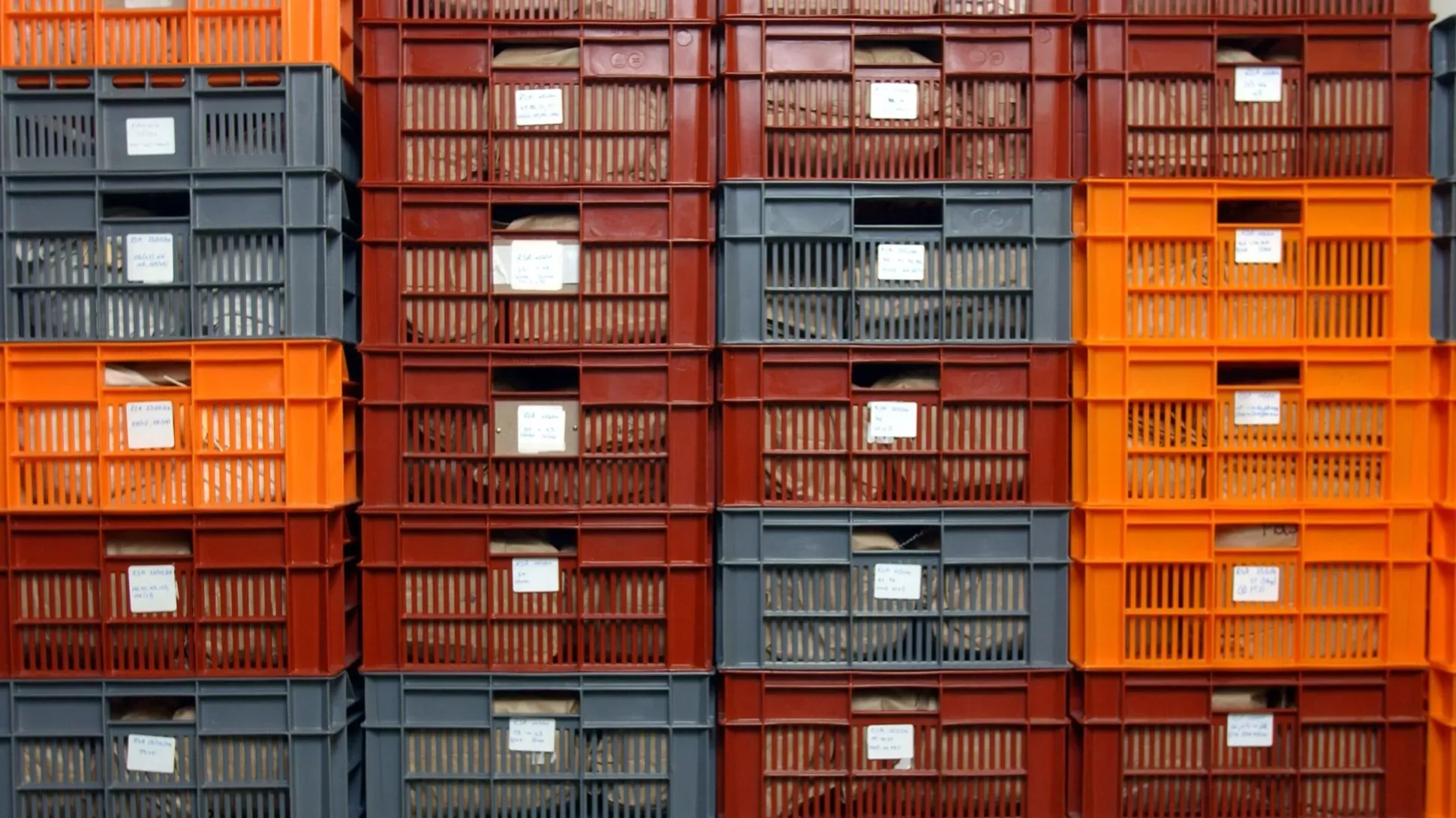
Into the seed vaults
Seeds are placed in air-tight containers, labelled and then stored at -20°C in the sub-zero vault chambers underground at the MSB. These vaults are flood, bomb, and radiation-proof rooms to protect their precious contents.
For every five degrees that you cool dry seeds, the longevity of a seed doubles. So cooling seeds from 18°C in the main drying room to –20°C in the cold room increases their life by around 120 times!
Once the seeds are frozen, samples will be removed and tested to see if they can still germinate (sprout from seed) successfully. This is repeated at regular intervals to make sure that banked seeds remain viable for when they are needed in the future.
Seed collections are usually stored in their country of origin, as well as at the MSB. This duplication creates an extra level of security and helps make the seeds more accessible to those that need them.

Banking tricky species
There’s still plenty of work to be done to back up plant species for the future. Thousands more species need to be collected and added to the MSB vault.
But it’s not just the collecting that poses a challenge. Some plants, known as 'exceptional species', are not as easily added to the vaults.
Some seeds can’t tolerate the drying or freezing process, so can’t be banked like other seeds. Others are incredibly short-lived under normal seed bank conditions. Some plants, such as ferns, don’t produce seeds at all. So what’s the best way to preserve these species for the future?
Scientists across the Millennium Seed Bank Partnership are working to find new ways of banking these exceptional species. Our researchers are using cryopreservation, where seeds or parts of seeds are very rapidly dried and then frozen using liquid nitrogen.
With new techniques like this, we hope to safeguard a future for even more species in the MSB vaults.
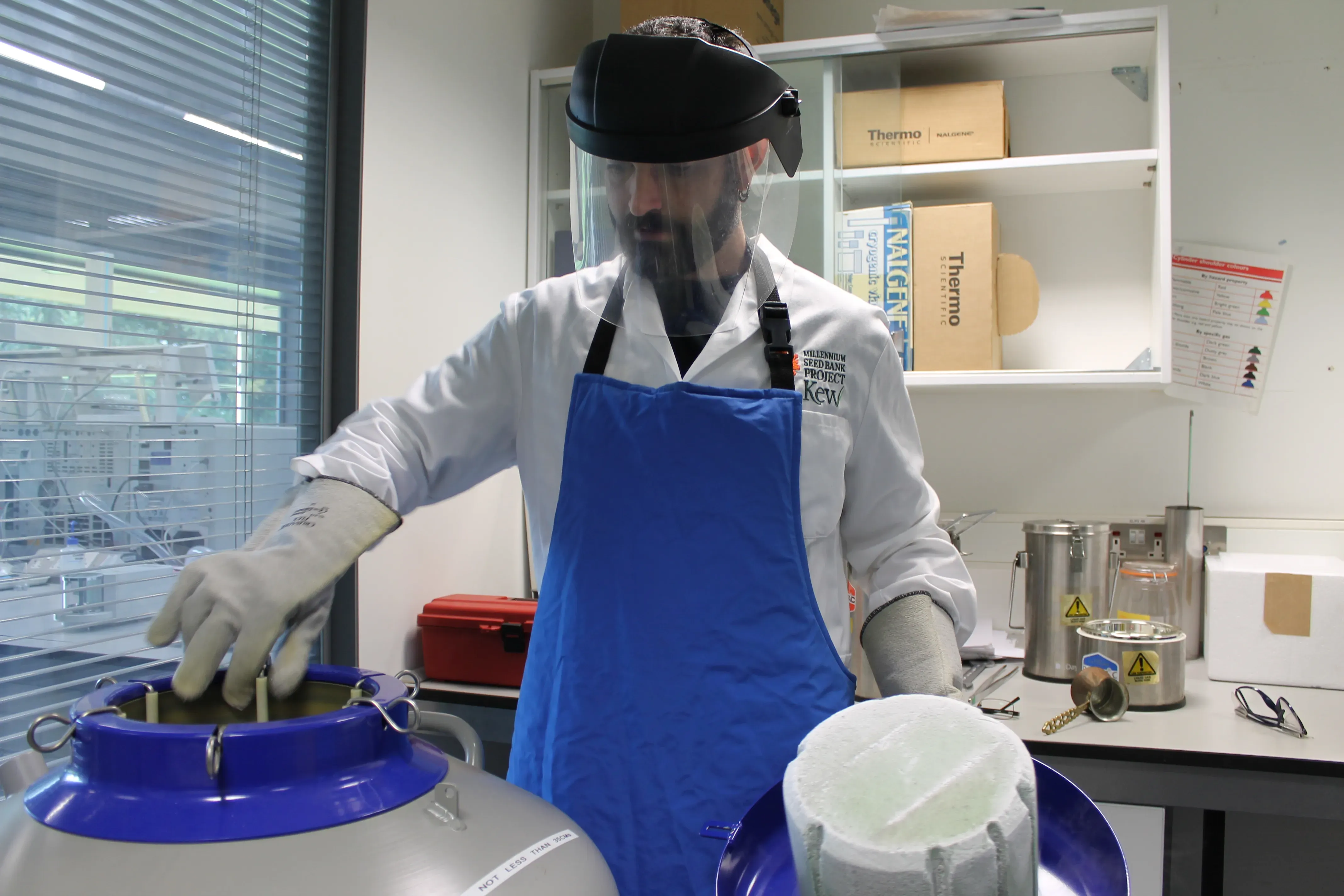
An 'insurance policy against extinction'
As Wakehurst Ambassador Cate Blanchett said, the MSB “is a beacon of hope and international cooperation at a time when we’ve never needed it more.”
While it’s crucial to continue to protect populations of plants in the wild, having a global network of seed banks ensures that fewer threatened species will be lost forever.
By banking more species at Wakehurst every day, we are helping our planet survive and thrive, one seed at a time.
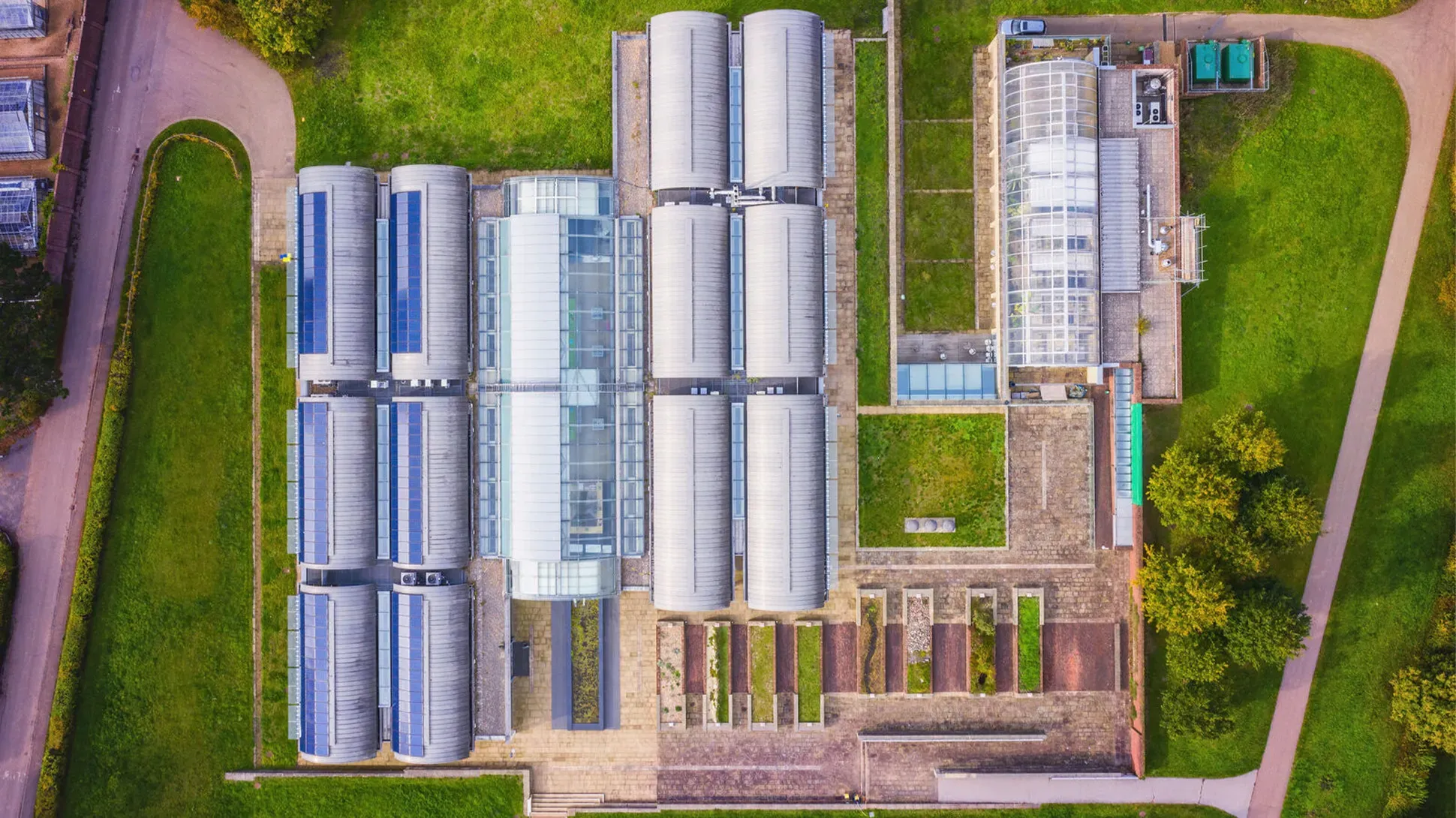
.jpgfa88.webp?itok=STOrmosg)
.jpgcb98.webp?itok=g86-0o6S)
